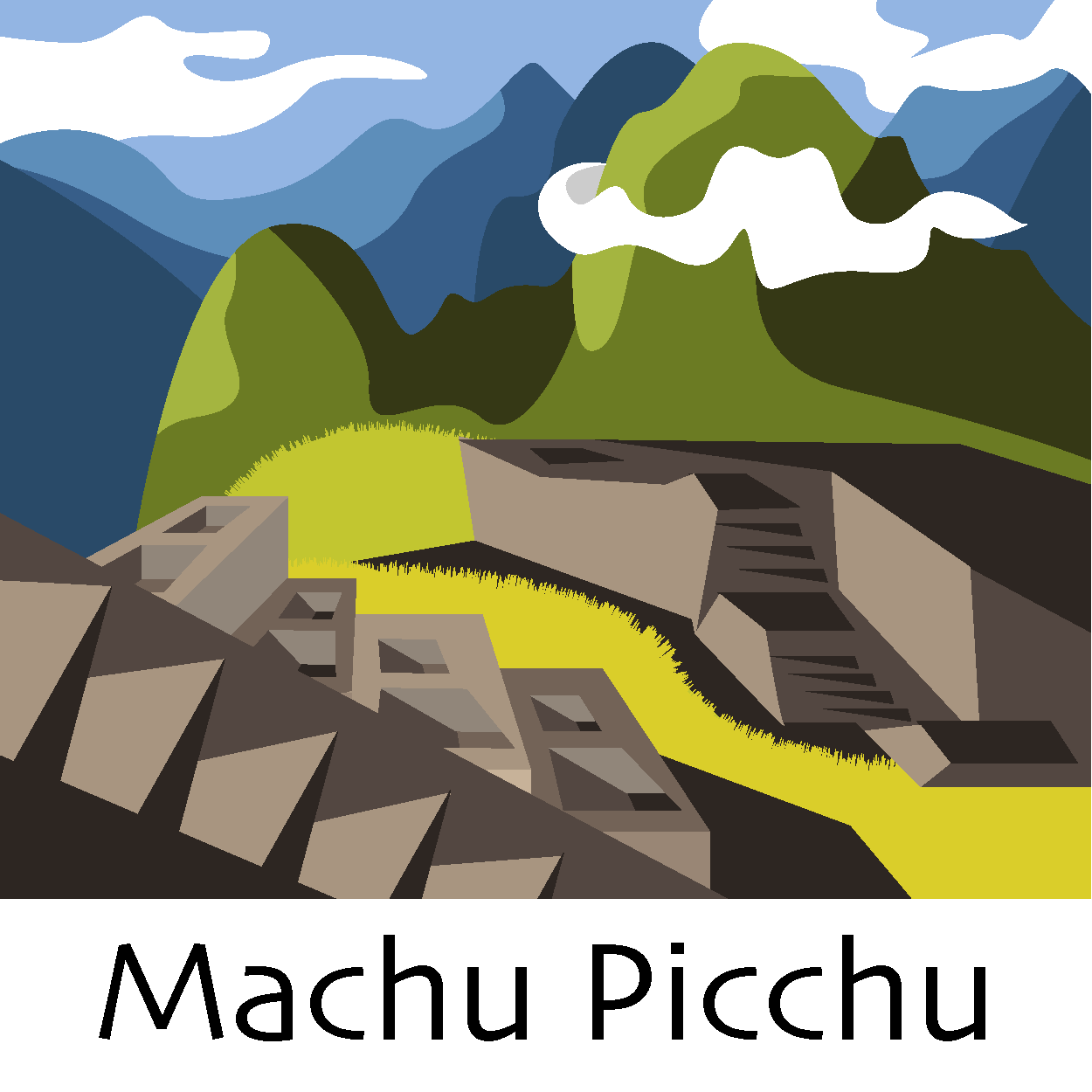MEET THE TEAM
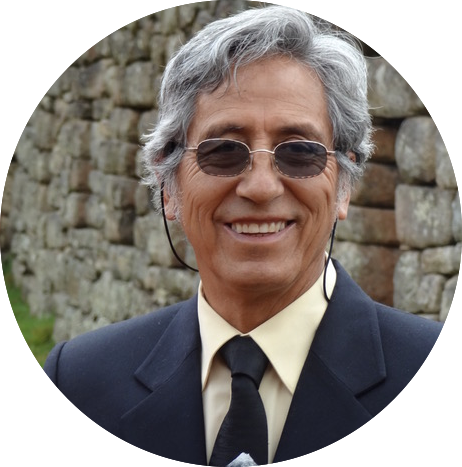
Fernando Astete
Peruvian Anthropologist of the University San Antonio Abad of Cusco who dedicated his life to the safeguard, conservation and research of the Historic Sanctuary of Machupicchu. After the inscription in the World Heritage List- he explored its more than 37,000 hectares, identifying over 200 sites and highly contributing to the overall comprehension of the Inca landscape. Since 1994, for more than 35 years, he has served as Chief of the National Archaeological Park of Machupicchu.
His publications and theories regarding the construction process, the technologies, landscape planning and astronomy have guided the science debate of the last forty years. His vast popularity among communities earned him the title of guardian of the place Due to his career, in 2018 he was recognized and honored as “Outstanding Americanist” at the 56th International Congress of Americanists. In 2020 he was distinguished by the Peruvian authorities as a “Meritorious Personality of Culture”.
There are so many beautiful things that I have been through in Machu Picchu. The advantage I have had is that I have lived almost 5 years at the entrance of the monument, so I could enter in the time that seemed to me from the absence of visitors, from 7, 8 or 9 at night so they were experiences It was very beautiful to be there, the solitude of the monument, listening to the singing of the night bugs or also the birds at dawn, it was a very beautiful experience. What do I say go up to A Machu Picchu or Huayna Picchu alone in the mountains, be there. Usually there are so many experiences. I could start a long time writing about it.
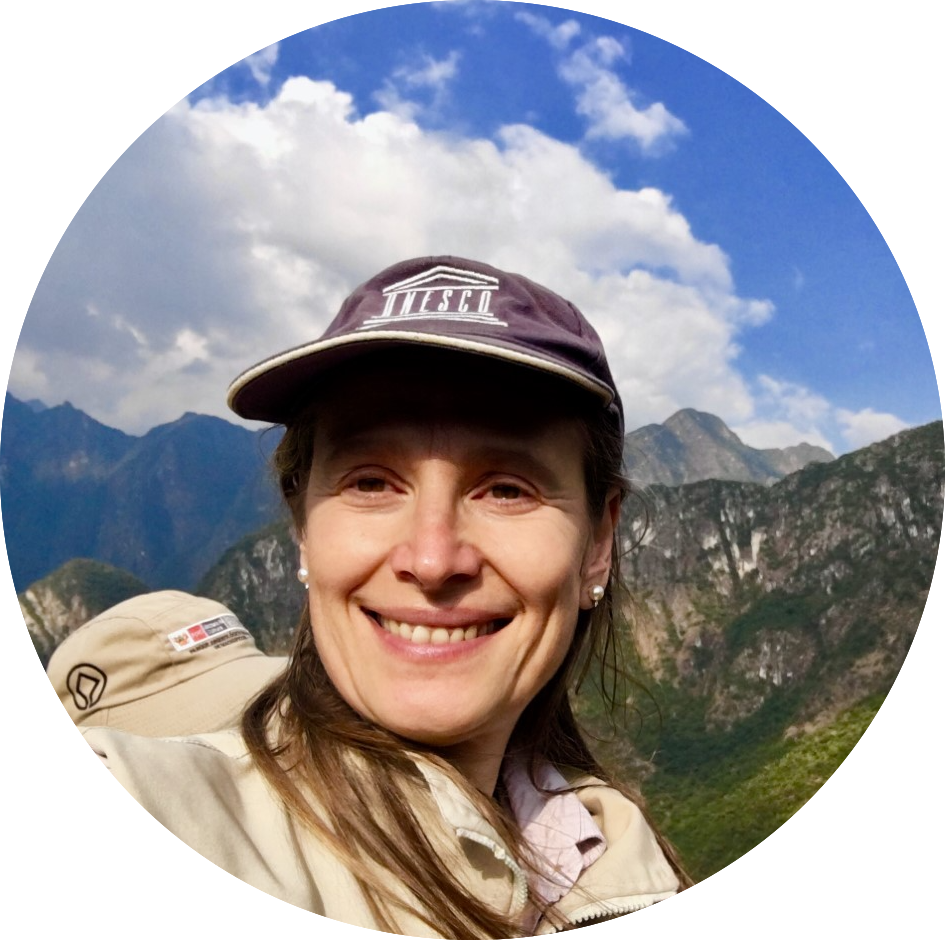
Adine Gavazzi
Swiss architect from Politecnico of Milan, specialized in Anthropology of the Andes and the Amazon, researches Forest Cultures, Healing Landscapes and pre-Hispanic and indigenous Ceremonial Architectures.
Her field, Technomorphology, is structured as a theoretical discipline and a methodology to analyze both archaeological Heritage and Living Cultures and produced projects also in WHS of Chauvet in France, Sacri Monti and Etna in Italy and Borobudur, Indonesia.
Founding member of the UNESCO Chair “Anthropology of Health” of the University of Genoa, Italy and Professor of University Pedro Ruiz Gallo of Lambayeque, Peru, she is also director for the Cultural component of the Rio Abiseo Expedition on the Mixed WHS Río Abiseo.
To me, the most important experience of Machu Picchu or in general, the Andean or the Amazon world, is what it teaches you when you’re not there anymore. That is the big lesson or teaching that we receive from those civilisations. It is what we do when we are not there anymore. What we do in our everyday life. How do we improve our everyday life once the trip is finished? When you go back to your homes, you don’t just have pictures and good memories, you have to have a lesson, if you don’t have a lesson, then that trip was not important. That, to me is the essence of sustainable tourism – How it changes you, how it makes a better person out of you.
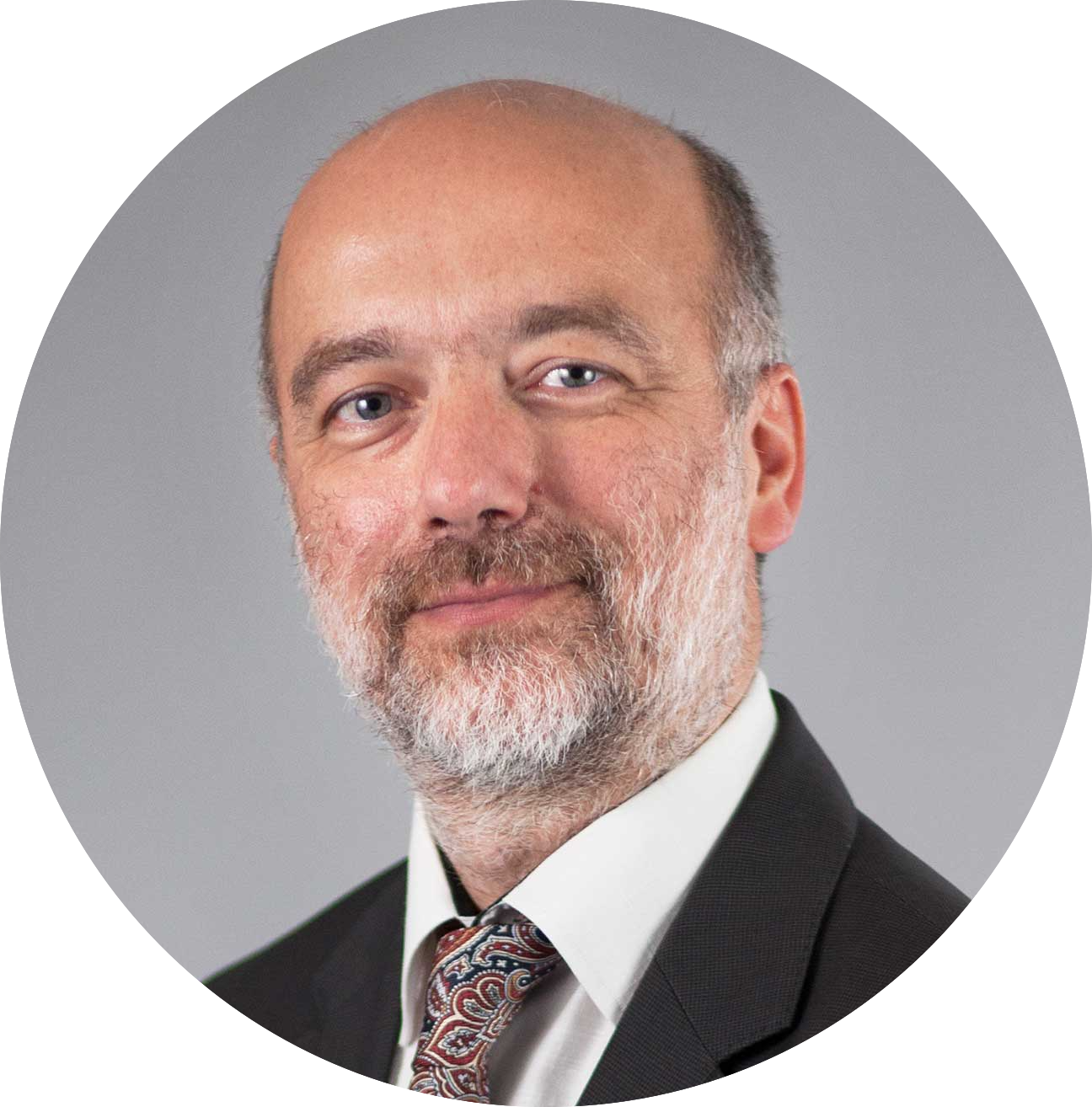
Lorenzo Cantoni
Professor at USI – Università della Svizzera italiana (Lugano, Switzerland), Faculty of Communication, Culture and Society, where he is director of the Institute of Digital Technologies for Communication. He is chair-holder of the UNESCO chair in ICT to develop and promote sustainable tourism in World Heritage Sites, established at USI in 2013.
He is USI’s Pro-rector for Education and Students’ experience, director of the Master in Digital Fashion Communication,done in collaboration with the Université Paris 1 Panthéon-Sorbonne, and vice-director of the Master in International Tourism.
He has also been Dean of the Faculty (2010-2014) and President of IFITT – International Federation for IT in Travel and Tourism (2014-January 2018).
“This project helps to understand how digital preservation of a photo-archive and promotion of more sustainable and responsible heritage tourism can go hand in hand. It has been a great privilege and honor to run this initiative together with so many colleagues and friends!”
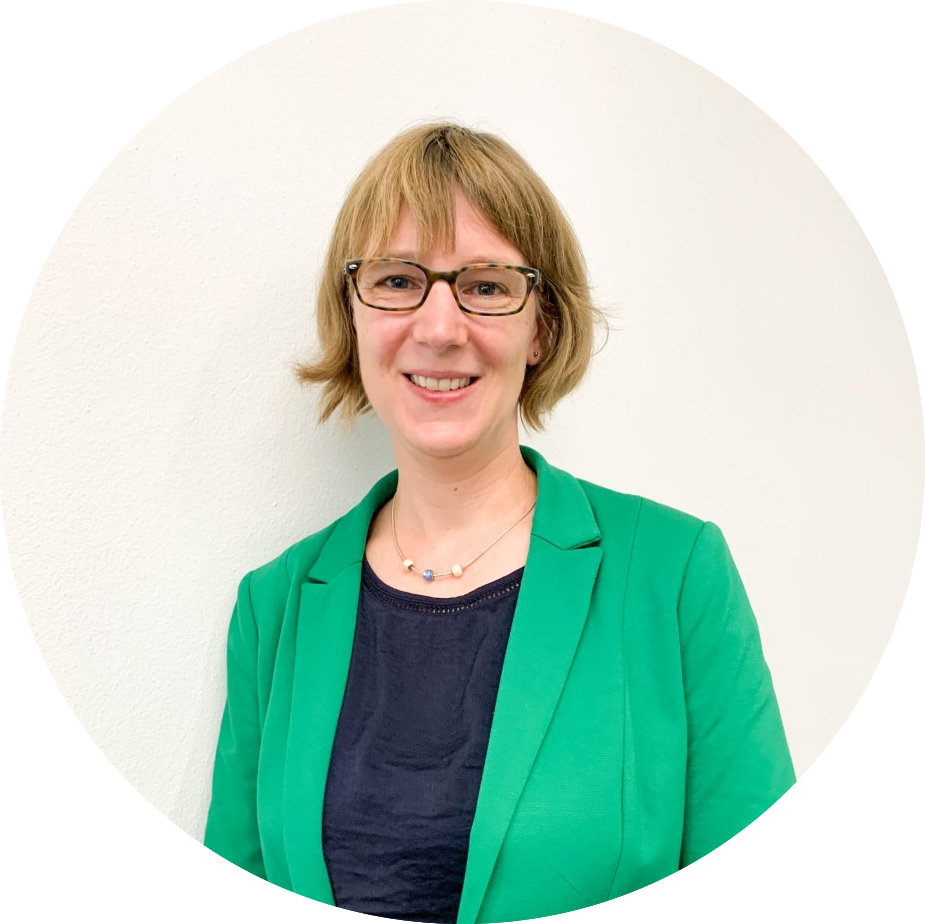
Anna Picco-Schwendener
Postdoctoral researcher at the Faculty of Communication, Culture and Society of USI and scientific collaborator at USI’s eLearning Lab. She received a PhD in Communication Sciences. Her research focuses on municipal and community wireless networks, usage practices, motivations, usage of public large-scale Wi-Fi networks, eLearning, eGovernment, design of communication strategies and digital law aspects.
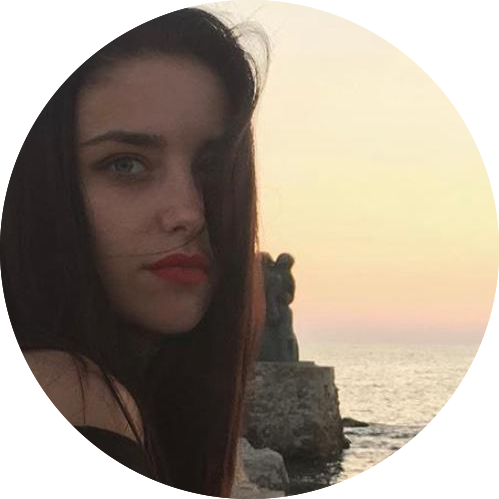
Carolina Guidi
Bachelor’s student graduating in Science of Tourism at Fondazione Campus, the University of Pisa in Lucca (Italy) majoring in ICTs for the Enhancement of World Heritage Sites.
She started her internship at the UNESCO Chair in February 2020 and is working on a project regarding the digitalization of photographic material taken by Fernando Astete of Machu Picchu in Peru (UNESCO World Heritage Site).
Working on this project has been an incredible journey: getting closer to a culture so different from mine has been really nice and I’ve had the chance to learn a lot of new things.
Since the very first day I was offered to work on this project and write my thesis on Machu Picchu I have been very enthusiastic, and this enthusiasm has increased every time I was told something new.
I really wish everyone who will approach this project will have the opportunity to learn something and to feel, just as it was for me, a little changed.
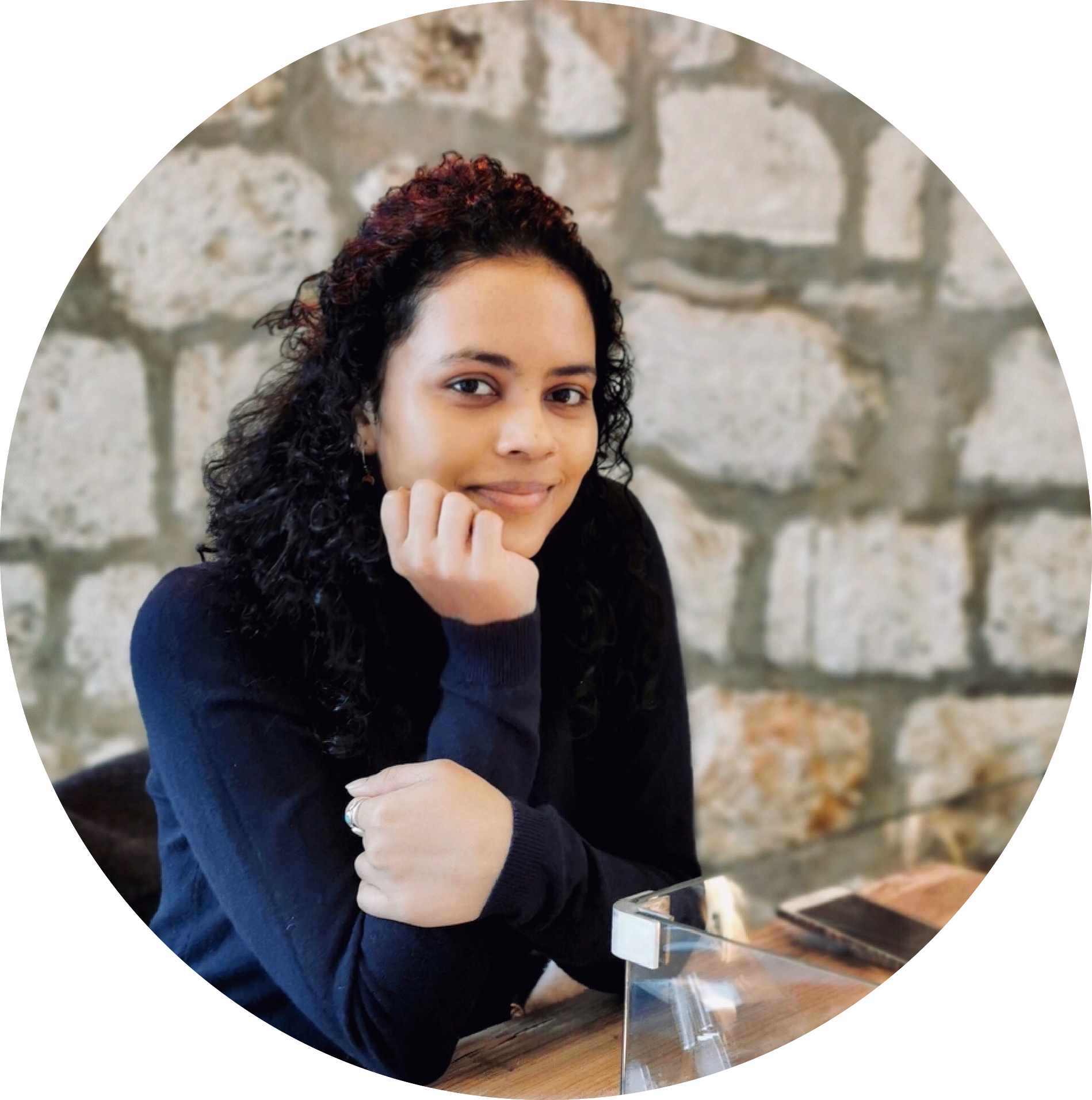
Maha Abdul Muhusin
Master’s student graduating in International Tourism at Università della Svizzera Italiana (USI, Switzerland). She holds a Bachelor’s degree in International Tourism Management with honors, majoring in Travel and Recreation from Taylor’s University (Malaysia).
She started her internship with UNESCO Chair since May, as an intern on the project of Machu Picchu, Seen Through the Eyes of Fernando Astete. She is in charge of the communication plan as well as designing the WordPress website to deliver the content and message thoroughly.
Working on this project with an amazing team of passionate individuals has been so inspiring. With each conversation, I learn so much and am continuously amazed by the many incredible stories of Machu Picchu and have grown a deeper appreciation for different cultures and ways of life.
I hope that through this project, we can continue to share the amazing stories behind the pictures of Fernando Astete and inspire everyone to be more responsible in their travels while also taking the time to truly take in what the destination has to offer in all its glory. I hope to one day be able to visit Machu Picchu and see it all for myself.

Camilla Borghi
Master’s student graduating in Cultural Heritage Management at Johns Hopkins University (Baltimore, United States). She holds a Bachelor’s degree in Art History and International Relations from Franklin University Switzerland (Lugano, Switzerland), as well as a Higher Certificate in Art Markets from Sotheby’s Institute of Art (London, United Kingdom).
She started her internship at UNESCO Chair in September 2020 and is currently working on the digitalization of photographic material taken by Fernando Astete.
I started working on this project with big dreams and aspirations of contributing to the heritage field in a sustainable and innovative way. Ever since I started my first task, I knew this was the project I needed to take part in.
This collaborative work is the emblem of what sustainable tourism represents today, and its content simply exudes the passion and effort that all team members have put into its development.
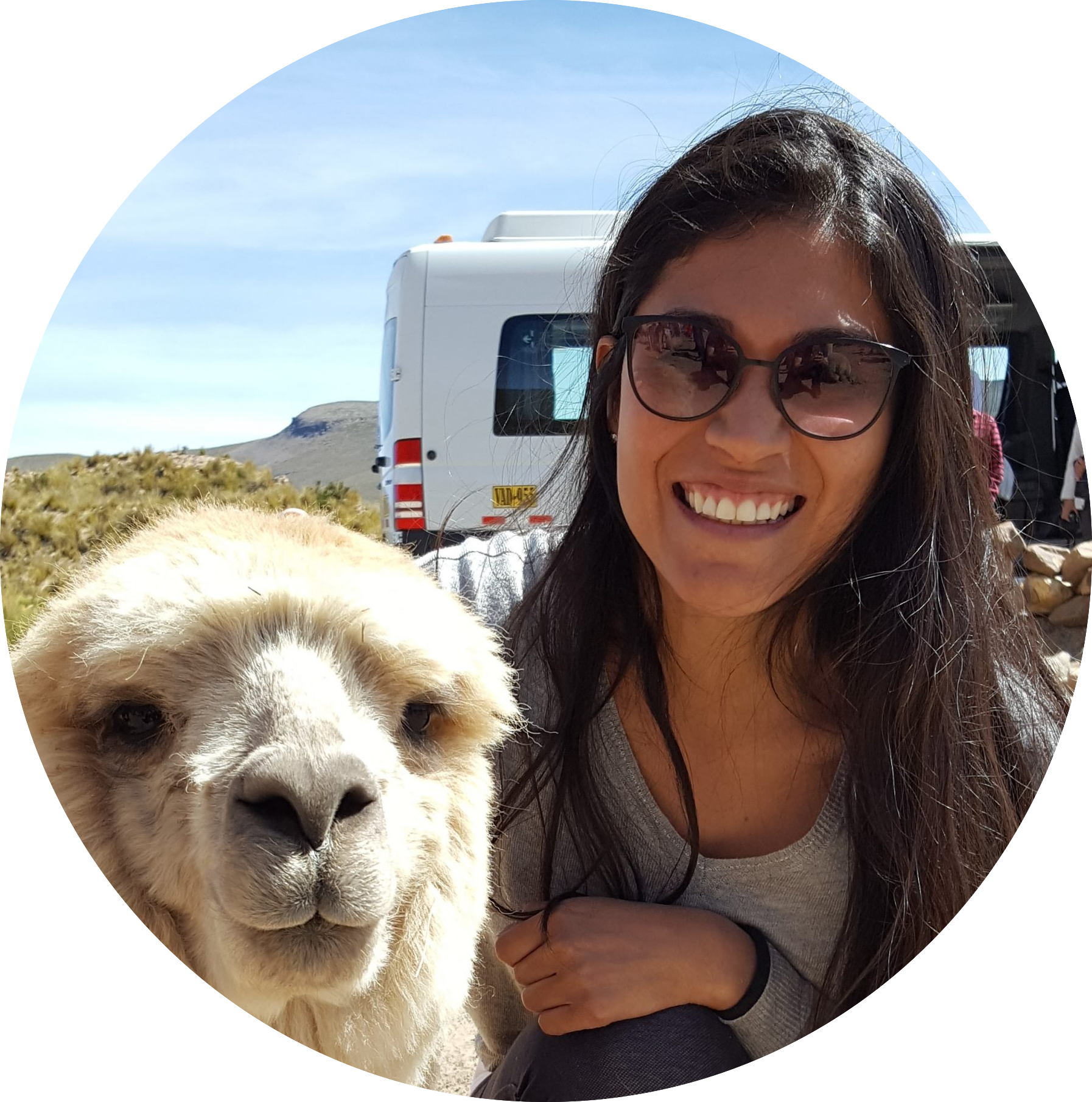
Anna Canonica
She comes from Lima, Peru, holds a Bachelor’s degree in Social Communication and currently lives in Lugano, pursing her Master’s degree at USI.
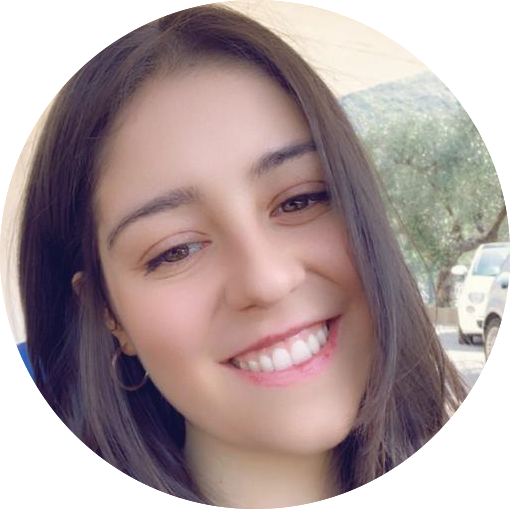
Claudia Simonelli
She is Italian and holds a Bachelor’s degree in Economic Sciences. Currently a student at USI pursing her Master’s degree.
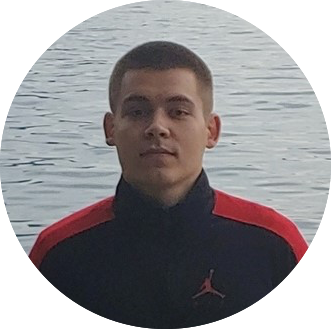
Vlad Scabioala
The youngest member of the team comes from Moldova and holds a Bachelor’s degree in Political Sciences. He’s currently pursuing a Master’s degree at USI.
